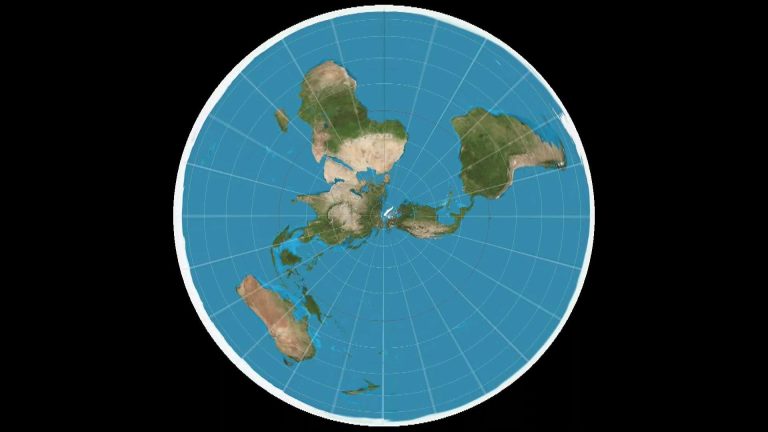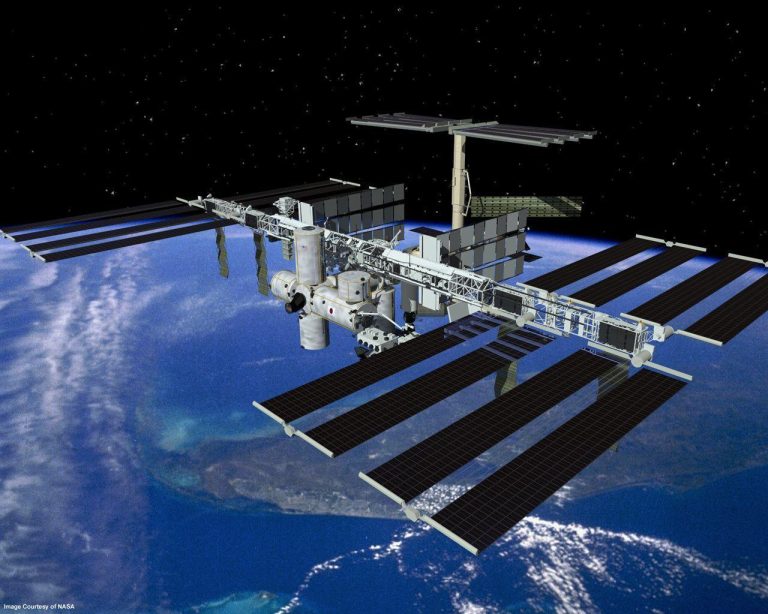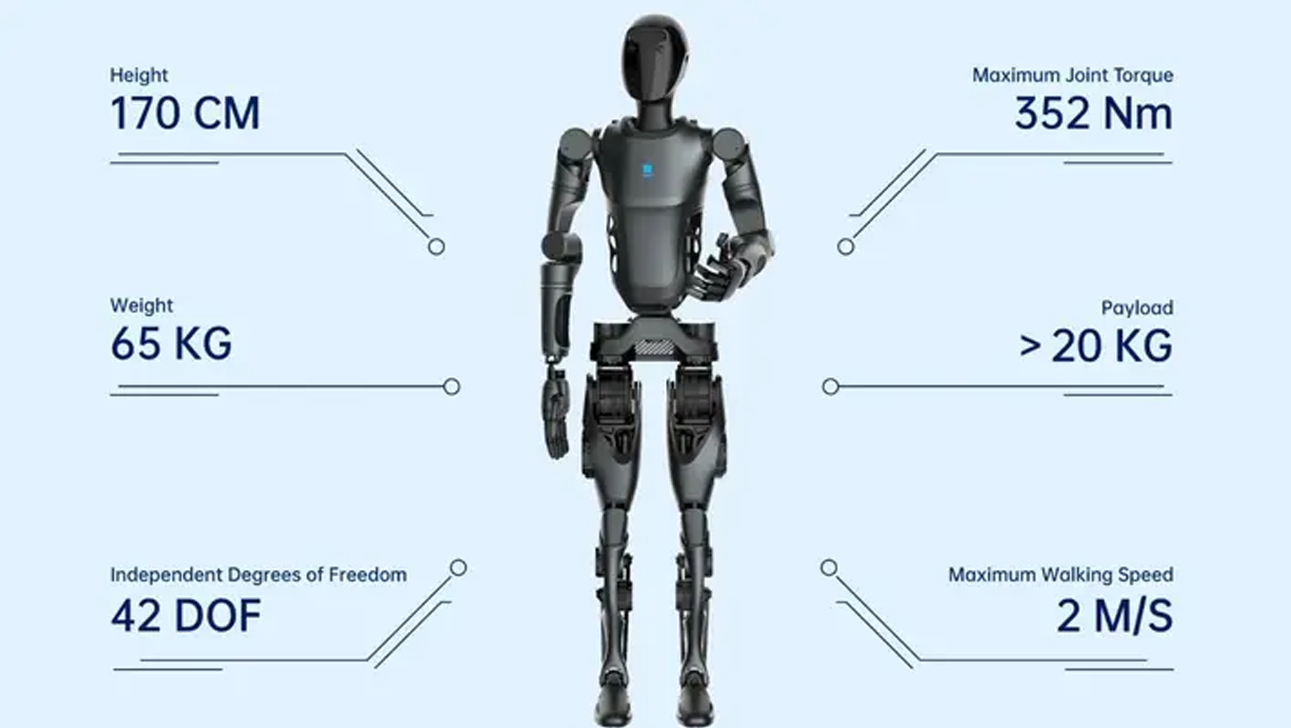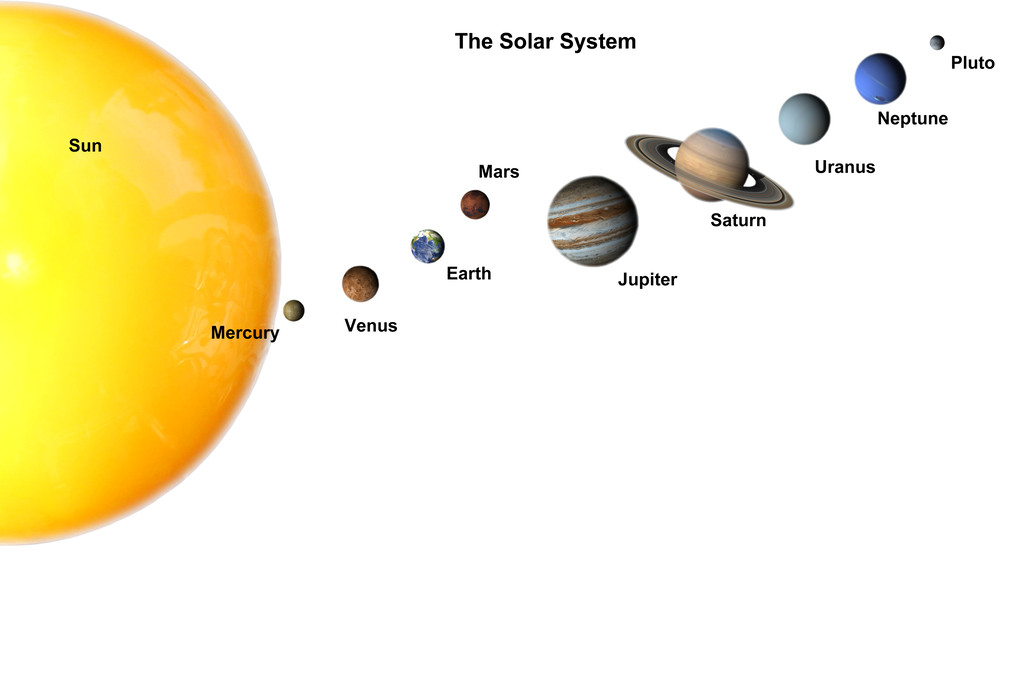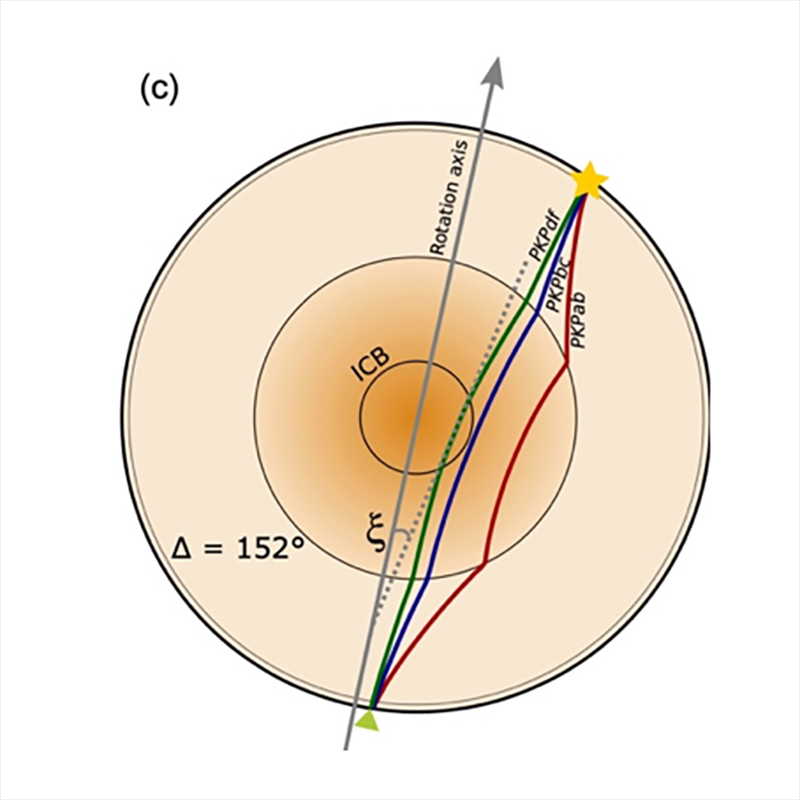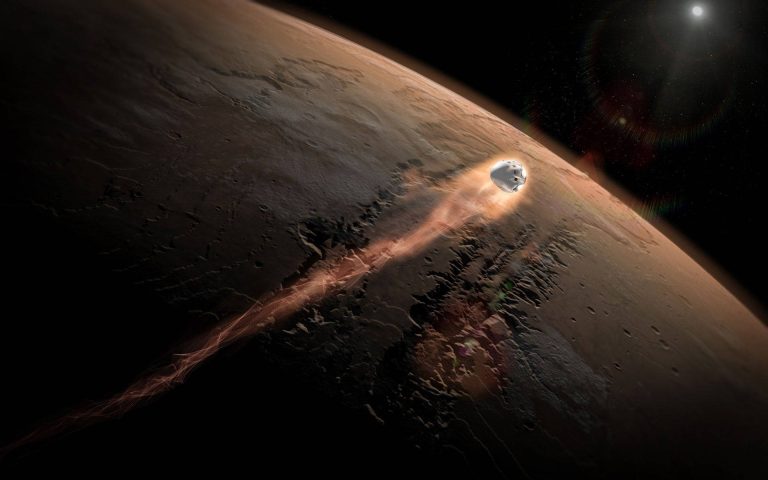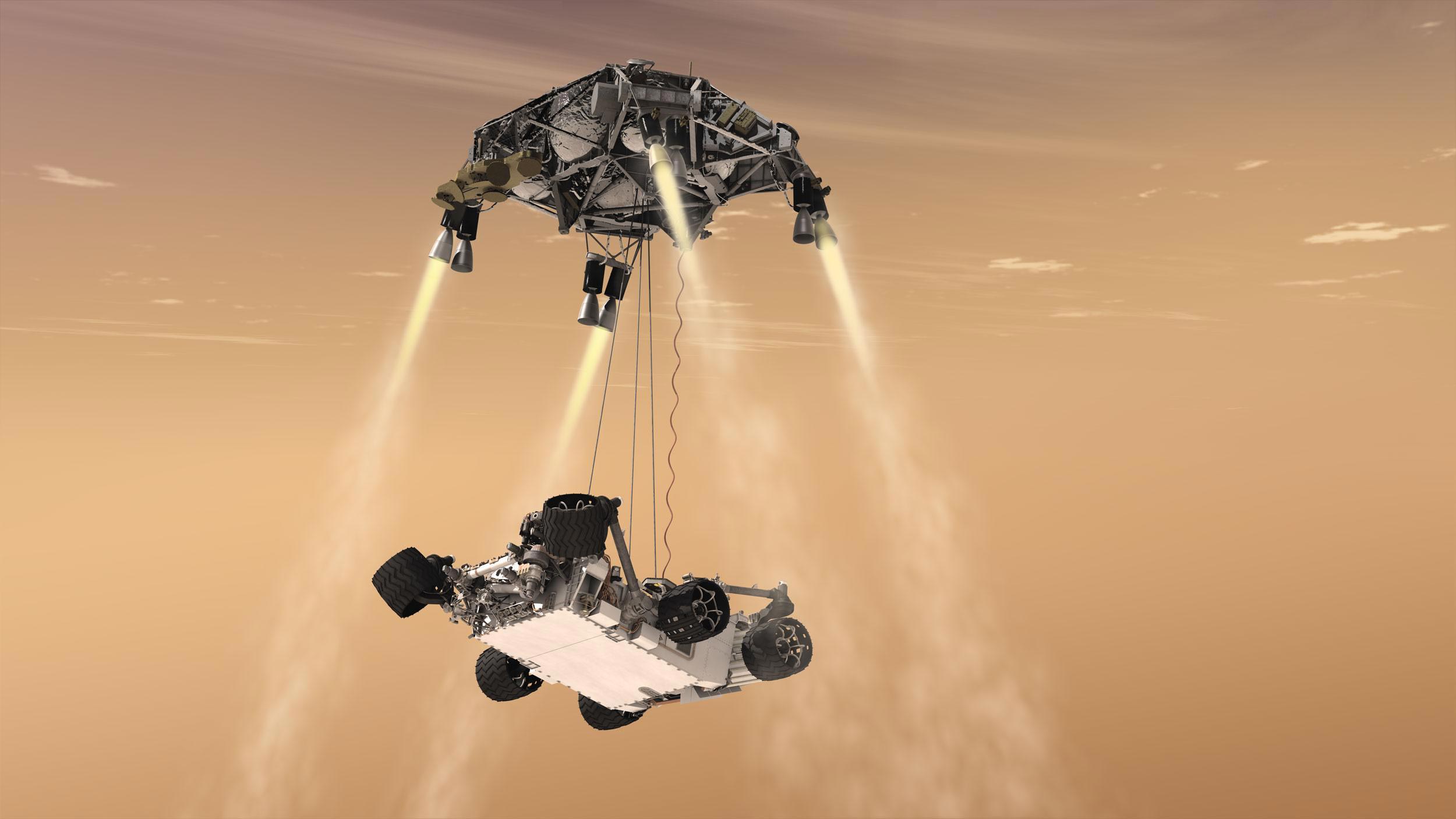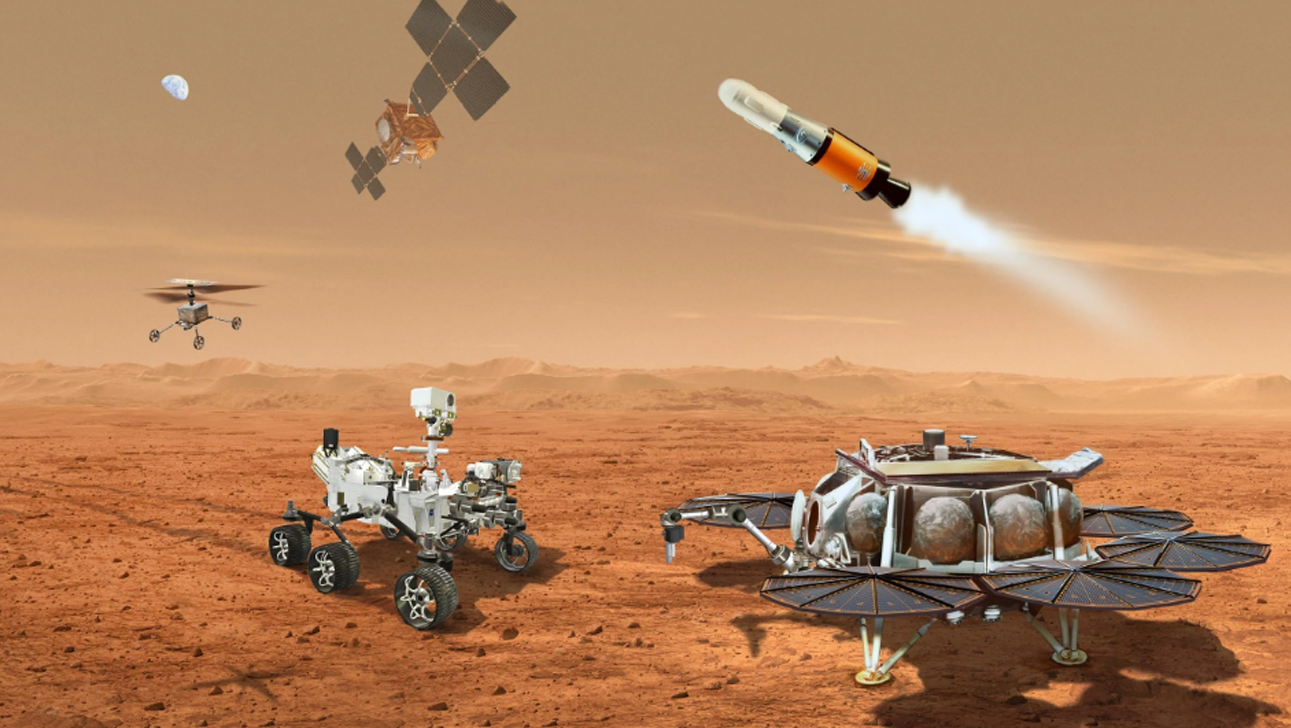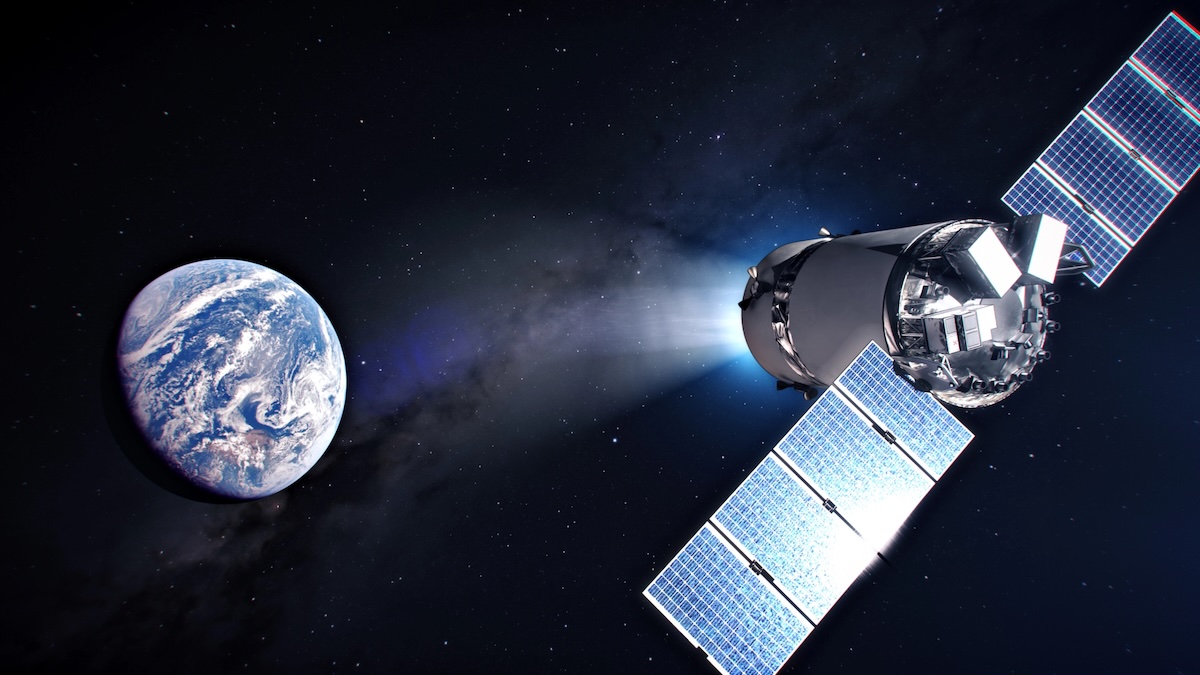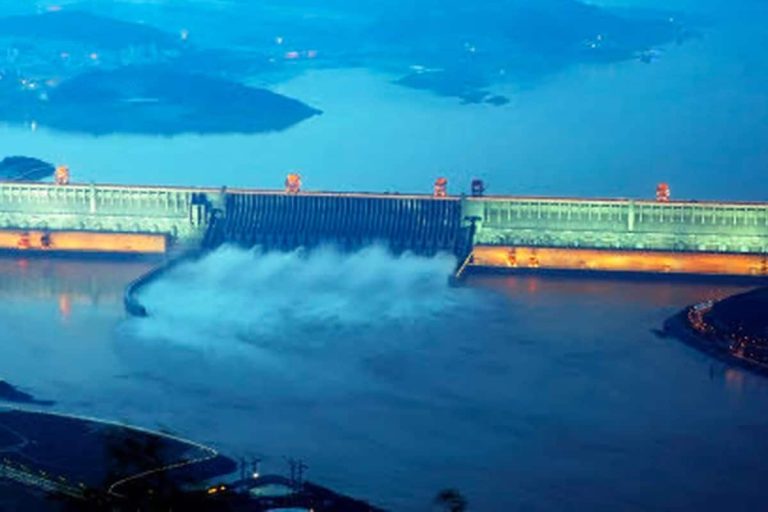China’s Space Solar Station: The ‘Three Gorges Dam’ of the Skies
China’s space solar station is a bold initiative that seeks to harness limitless solar energy from space. If successful, it could mark a paradigm shift in energy generation, providing a clean, sustainable alternative to fossil fuels and positioning China as a leader in space technology and renewable energy.
Summary
- China’s Ambitious Project: Aims to deploy space-based solar stations comparable to the Three Gorges Dam in scale and significance.
- Science Fiction to Reality: Inspired by a concept described in 1941 by Isaac Asimov, the project explores beaming solar power from orbit to Earth.
- Global Interest: Other nations, including the United States, Japan, and the UK, are also investing in space solar technology.
- Technological Advancements: China is developing massive rockets like the Long March 9 and conducting tests on microwave power transmission.
- Challenges: Cost, technological feasibility, and international competition remain significant hurdles.
- Geopolitical Implications: Space solar power could provide energy independence, strengthen clean energy initiatives, and establish dominance in space exploration.
- Sustainability: Unlike terrestrial solar power, space-based systems can generate energy 24/7 without weather interruptions.
- Current Progress: China’s “Chasing Sun Project” has achieved breakthroughs in key technologies, with a test facility in Bishan.
- Future Plans: Operational solar power stations in geostationary orbit by the 2030s.
- Global Race: The U.S., Japan, the UK, and the European Space Agency are competing to develop their own space-based solar power systems.
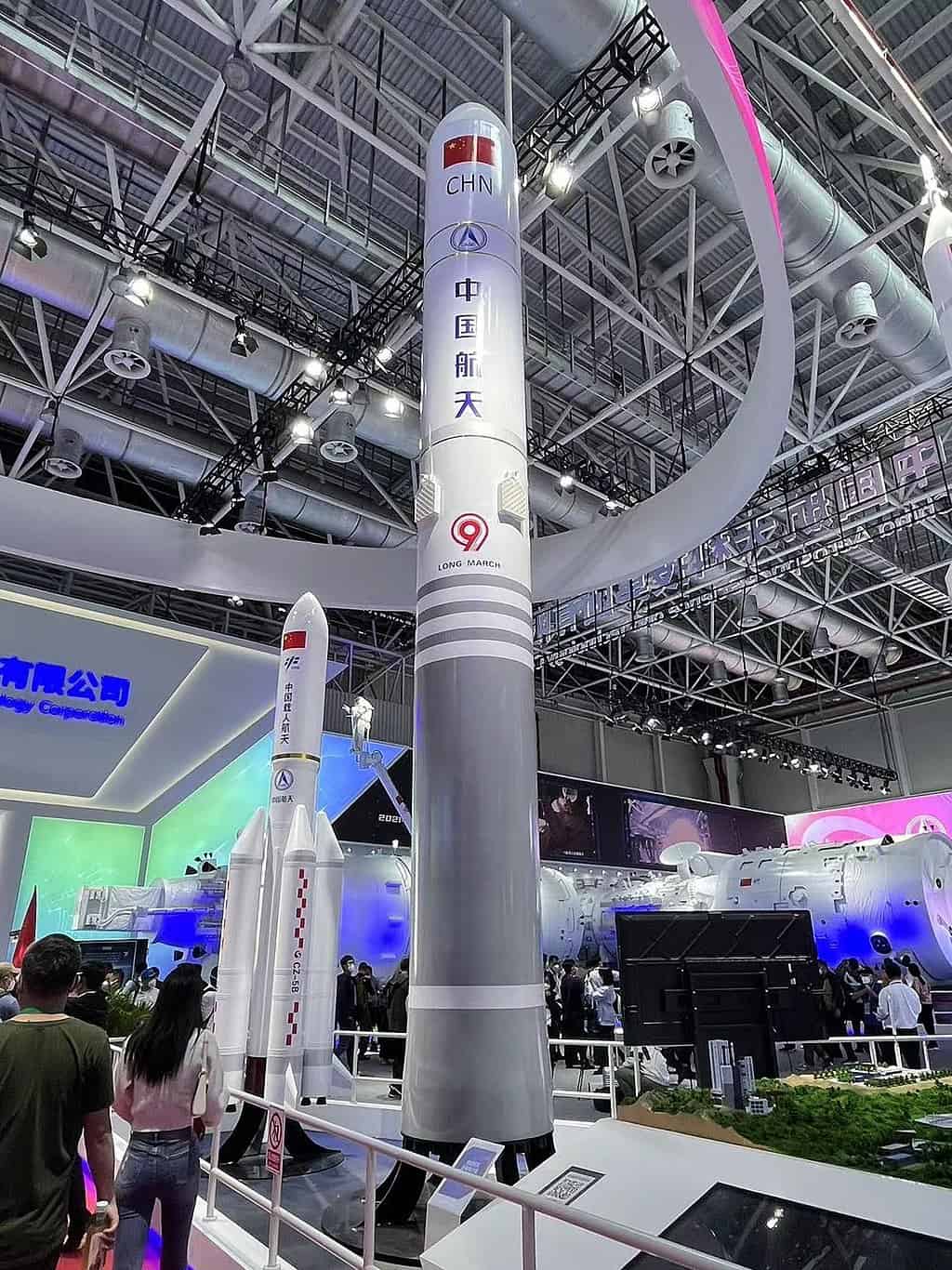
The Concept of Space-Based Solar Power
The idea of harnessing solar energy from space has fascinated scientists for decades. Initially introduced in science fiction by Isaac Asimov in 1941, the concept envisioned a space station transmitting solar energy to Earth via microwave beams. Unlike terrestrial solar energy, space-based systems are not limited by weather or day-night cycles, making them a constant and reliable energy source.
In 1968, Science published a detailed exploration of this concept, identifying its immense potential alongside significant technical and financial challenges. Since then, the idea has been revisited multiple times, including a 1974 NASA study, which acknowledged its promise but deemed it unfeasible with existing technology.
China’s Vision: The ‘Three Gorges Dam’ of Space
China’s proposed space solar station has been compared to the Three Gorges Dam, an engineering marvel that symbolized the nation’s ascent as a global power. This time, China is setting its sights higher—literally—with plans to build solar power stations in geostationary orbit, approximately 36,000 km (22,370 miles) above Earth.
Senior rocket scientist Long Lehao emphasized the project’s significance, likening it to moving the Three Gorges Dam into orbit. According to Long, a solar array just 1 km wide in such an orbit could generate as much energy annually as the total amount of oil extracted on Earth.
Technological Requirements: The Role of Big Rockets
Achieving this ambitious goal requires advancements in rocket technology. China is developing the Long March 9 (CZ-9), a reusable heavy-lift rocket capable of carrying payloads of up to 150,000 kg to low Earth orbit. Scheduled for deployment by 2033, the Long March 9 will play a pivotal role in assembling the solar power stations in space.
Table 1: Specifications of the Long March 9 Rocket
| Feature | Specification |
|---|---|
| Payload to Low Earth Orbit (LEO) | 150,000 kg |
| Payload to Lunar Orbit | 54,000 kg |
| Planned Launch Year | 2033 |
| Reusability | Yes |
China is also investing in other critical technologies, such as orbital assembly platforms and wireless power transmission systems. The “Chasing Sun Project”, led by Xian University of Electronic Science and Technology, has already demonstrated promising results in microwave power transmission efficiency.
Challenges and Risks
The path to space-based solar power is fraught with challenges. The primary obstacles include:
- High Costs: Launching and assembling materials in space requires significant financial investment.
- Technological Barriers: Developing efficient and reliable systems for transmitting energy wirelessly to Earth is still a work in progress.
- Space Debris: Assembling large-scale structures in orbit increases the risk of collisions with existing satellites and debris.
- Geopolitical Tensions: The project could exacerbate competition among nations, raising concerns about the militarization of space.
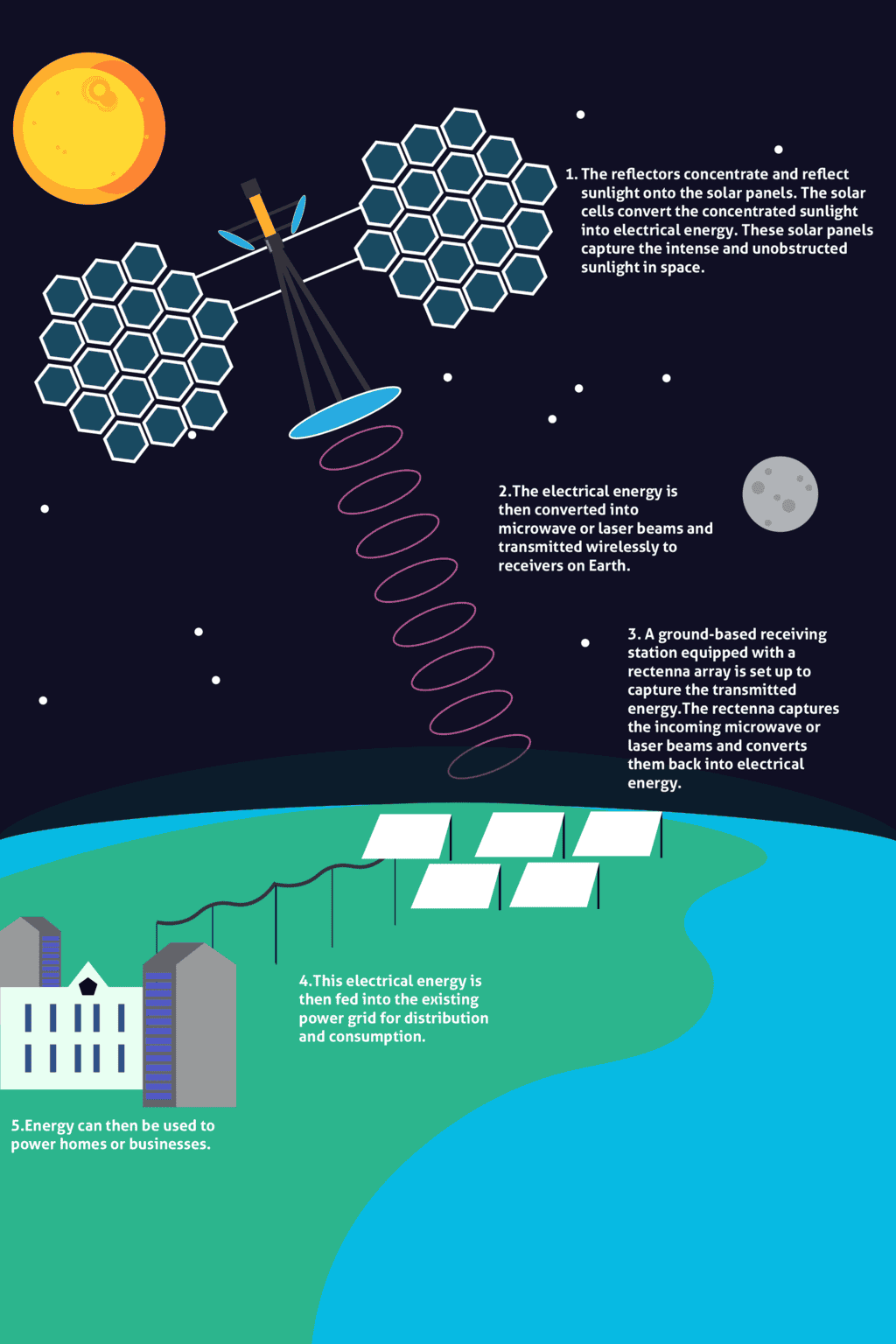
Global Interest in Space Solar Power
China is not alone in pursuing this futuristic technology. The United States, Japan, and the UK are also actively researching space-based solar power.
- In 2023, the California Institute of Technology launched a prototype satellite to test related technologies.
- Japan’s JAXA has conducted successful experiments in wireless power transmission and plans to launch its own space solar station soon.
- The European Space Agency (ESA) is working on the SOLARIS initiative, aiming for operational solar power satellites by the 2030s.
- The UK has announced plans to deploy a space power station by the mid-2040s.
These efforts are driven by two primary factors: the global push for clean energy and the race for technological supremacy.
Sustainability and Energy Independence
One of the most compelling aspects of space-based solar power is its sustainability. Unlike fossil fuels, solar energy is renewable and environmentally friendly. Space solar stations would operate 24/7, providing a consistent energy supply unaffected by weather or time of day. This could significantly reduce dependence on traditional energy sources, contributing to global efforts to combat climate change.
Geopolitical Implications
The first nation to successfully deploy space-based solar power will gain a significant geopolitical advantage. This technology offers not only energy independence but also the potential to export energy to other countries via wireless transmission. For China, this project aligns with its broader ambitions to dominate the space economy and establish itself as a leader in renewable energy.
Table 2: Comparison of Space Solar Power Initiatives by Country
| Country | Key Project/Initiative | Planned Timeline |
|---|---|---|
| China | “Three Gorges Dam” in Space | 2030s |
| United States | Caltech Prototype Satellite | 2023 |
| Japan | JAXA Space Solar Station | 2030s |
| European Union | ESA SOLARIS Initiative | 2030s |
| United Kingdom | Space Power Station | 2040s |
China’s Broader Space Ambitions
Beyond solar power, China’s investments in space technology extend to lunar exploration, Mars missions, and satellite networks. The infrastructure developed for space solar stations, such as heavy-lift rockets and orbital platforms, will also benefit these other ventures, reinforcing China’s position as a space exploration leader.
Future Outlook
As nations race to develop space-based solar power, the technology holds immense promise but also significant uncertainties. Will the high costs and technological hurdles be overcome? Can countries collaborate to ensure the peaceful use of space resources? These questions remain unanswered, but the potential rewards make the pursuit worthwhile.
For more on China’s ambitious space projects, check out the South China Morning Post. Additionally, you can read the detailed NASA concept study from 1974 or learn about recent developments in microwave power transmission.
Fun Facts
- Space-based solar power was first conceptualized in a science fiction story by Isaac Asimov in 1941.
- A 1 km-wide solar array in space could generate more energy than all the oil extracted on Earth in a year.
- Unlike terrestrial systems, space solar power operates continuously, unaffected by weather or time of day.
References
- NASA 1974 Space Solar Power Study
- South China Morning Post on China’s Space Solar Project
- Microwave Power Transmission Developments


